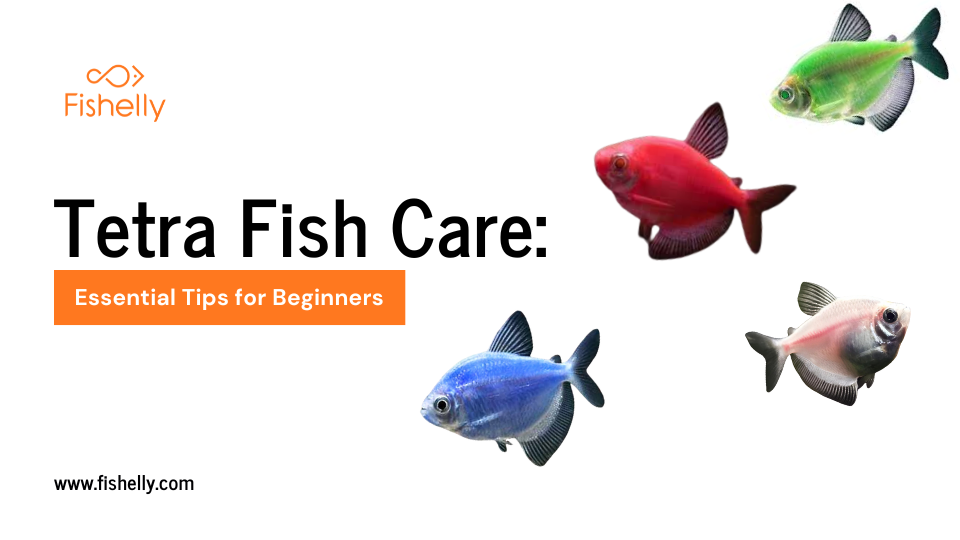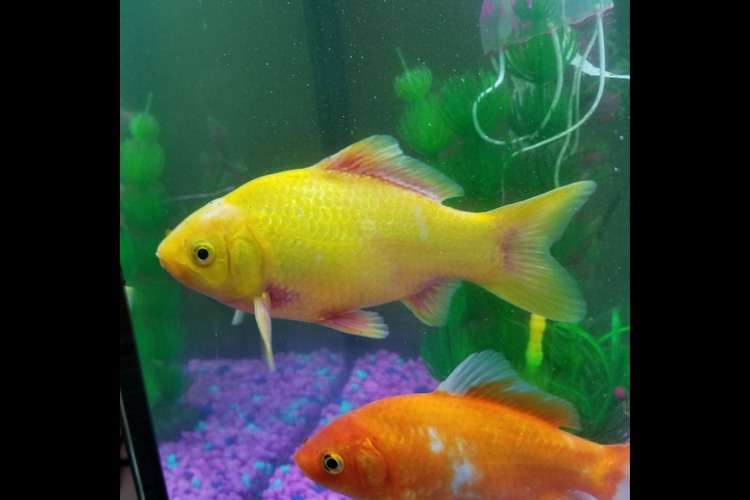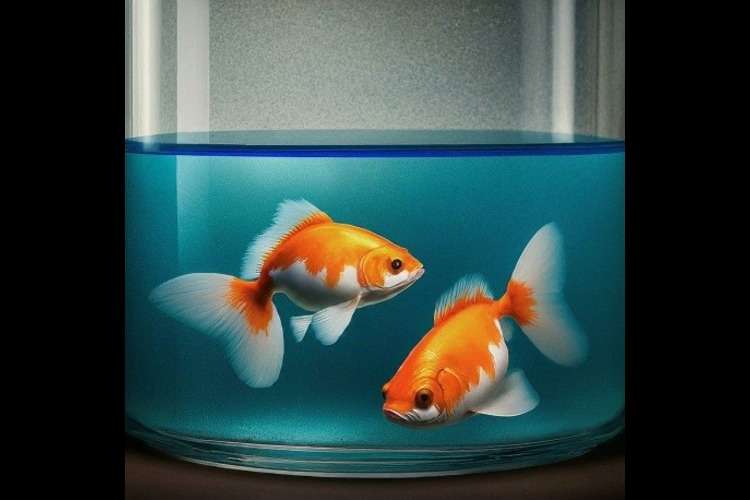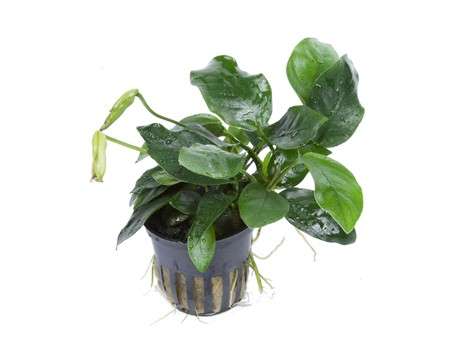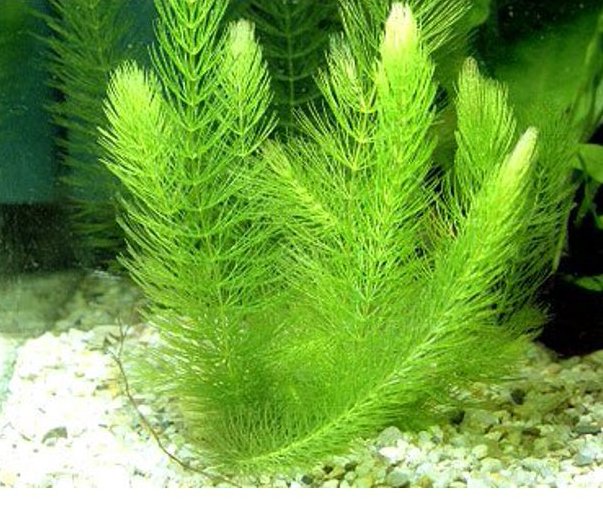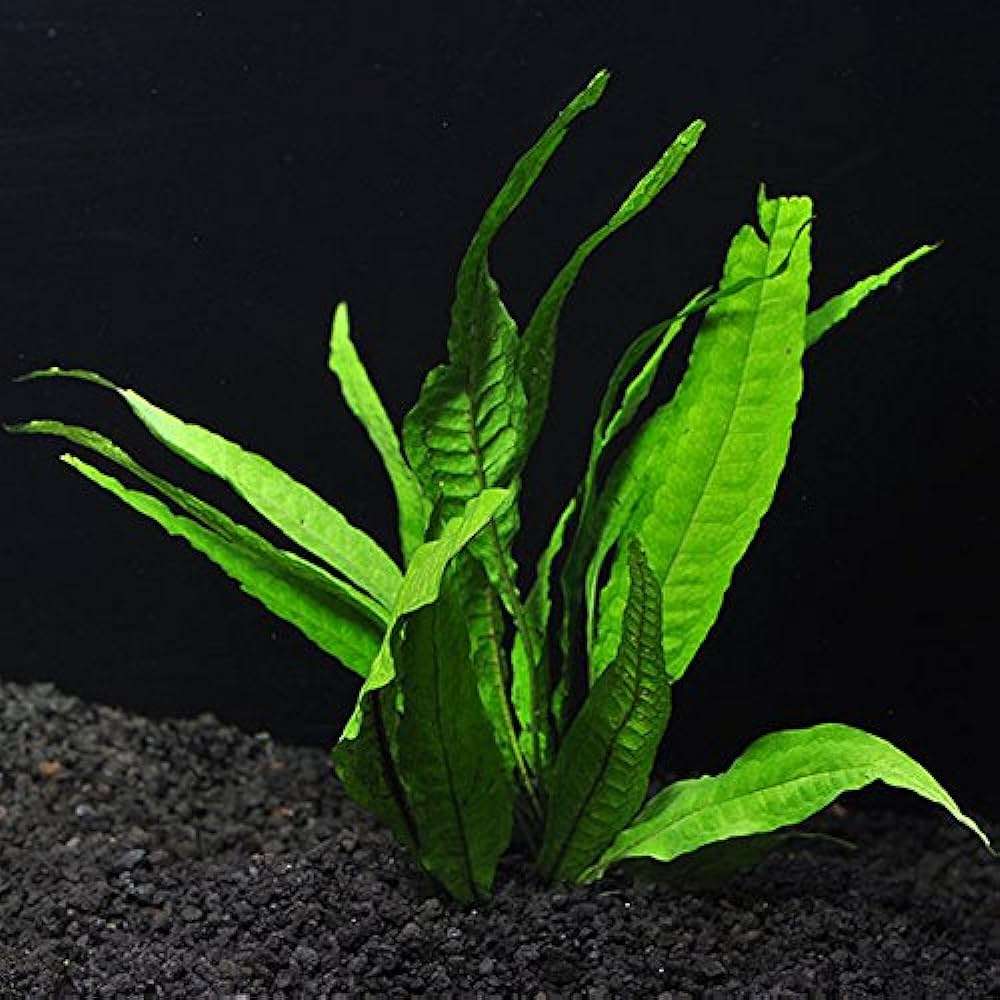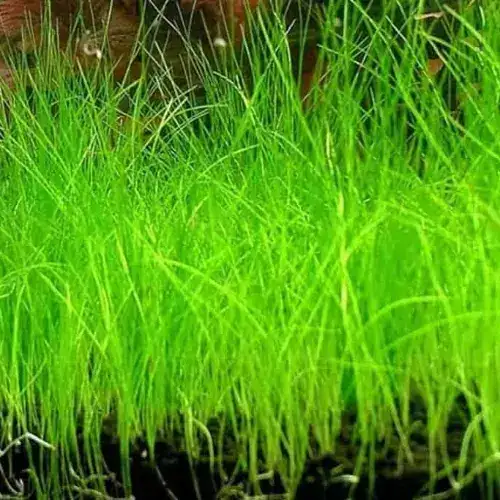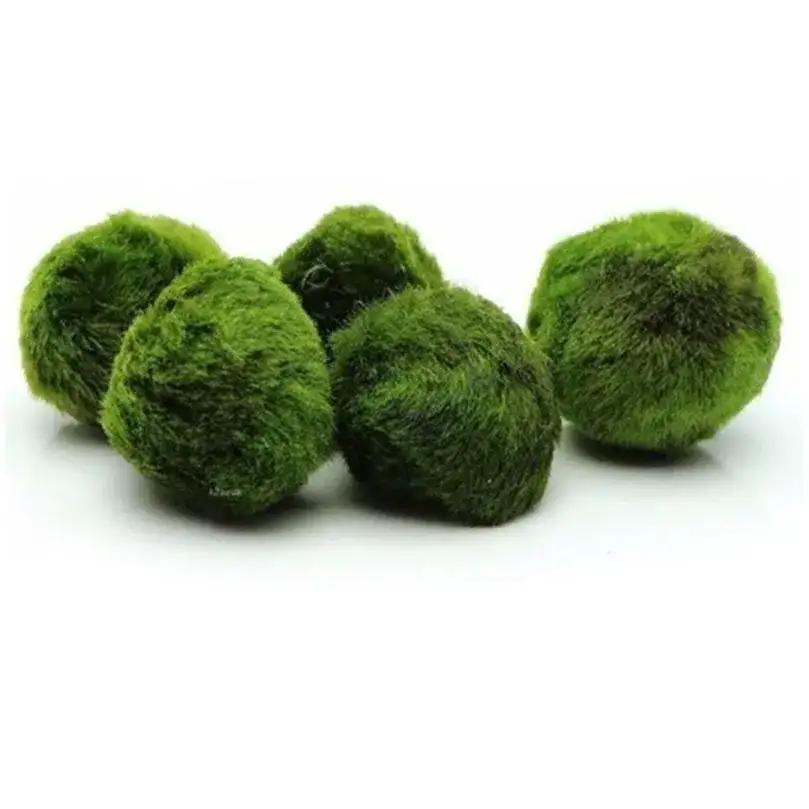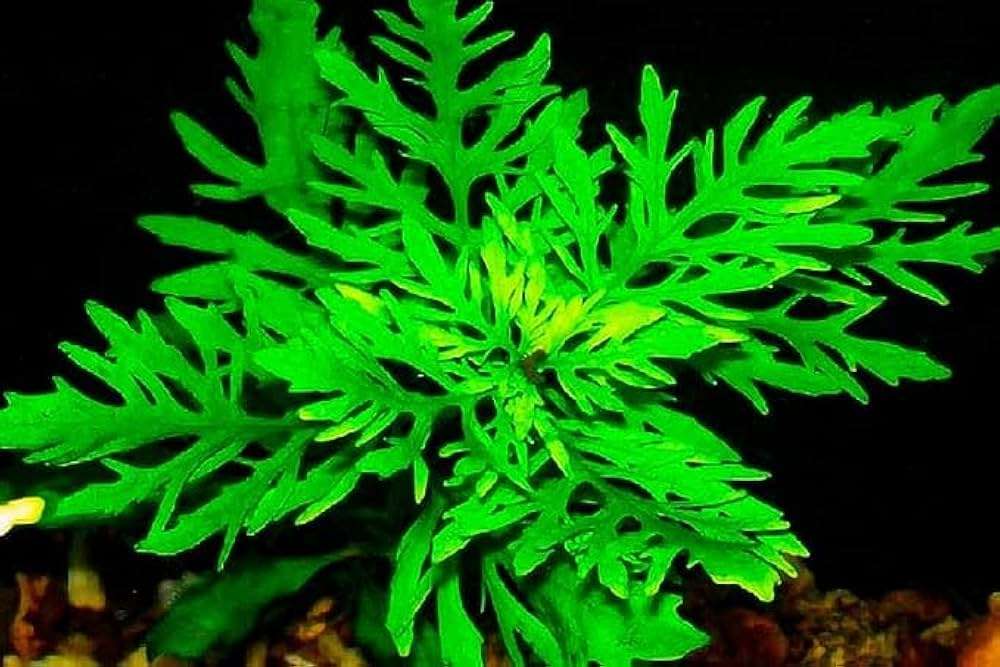Tetra Fish Care: Essential Tips for Beginners
Learn essential care tips for Tetra fish, including their diet, breeding, and unique traits. Discover why Tetras are perfect for beginner aquariums.
Table of Contents
- Natural Habitat of Tetra Fish
- Care Requirements for Tetra Fish
- Diet and Feeding of Tetra Fish
- Life Span of Tetra Fish
- Difference between Male vs Female Tetra fish
- Tetra Fish Breeding Tips
- Tetra Fish Behavior and Compatibility
- Interesting Facts about Tetra Fish
- Why Tetra Fish Are Great for Aquariums
- Faq
- Conclusion
The term "Tetra" is a common name given to a large family of fish known as Characidae. Some of the popular species are Neon Tetra (Paracheirodon innesi), Cardinal Tetra (Paracheirodon axelrodi), and the Black Tetra (Gymnocorymbus ternetzi), which are each famous for their bright, striking colors and amiable nature.

Natural Habitat of Tetra Fish
Tetras are freshwater fish from the rivers and streams of South America, mainly from the Amazon basin. They prefer warm, slow-moving waters with dense vegetation, which provides them with natural shelter and abundant food sources. Replicating these conditions in an aquarium, such as dim lighting and lots of plants, is crucial to their well-being.

Care Requirements for Tetra Fish
Tetra fishes are relatively easy to care for but have conditions for them to thrive. They do well in a tank with:
· Water temperature between 72°F and 80°F (22°C - 27°C)
· pH levels between 6.0 and 7.5
· Soft to medium-hard water
A small group of Tetras is well maintained in a 10-gallon tank because these are schooling fish that feel safe only in groups of six or more. Be sure to give them plenty of plants, rocks, and hiding spots to make their environment resemble that of the wild.
Pro Tip: Tetras are extremely sensitive to water quality, so regular water changes and a good filtration system are paramount.
Diet and Feeding of Tetra Fish
In the wild, Tetras are omnivorous, feeding on a variety of plants, insects, and small invertebrates. In an aquarium, they should be fed a balanced diet that includes:
· High-quality flake food or pellets

· Live or frozen foods like brine shrimp or bloodworms

· Occasional vegetable matter such as blanched spinach or zucchini

Feeding them small amounts twice a day is ideal because it will not cause them to feed too much, which could lead to water quality problems.
Pro Tip: Tetras have very small mouths. Feed them small-sized food. This will ease their lunchtime.
Life Span of Tetra Fish
Tetras generally live a much longer life-span compared to so many small-sized fishes. And given proper care, they survive up to around 5 -10 years to serve as additions for your aquarium within such a duration.
Difference between Male vs Female Tetra fish
It would not be straightforward, especially where one is targeting species like neon tetra because most of its characters are just close similarities rather than differences among its sexes:
Males: More colorful and with brighter breeding colors.
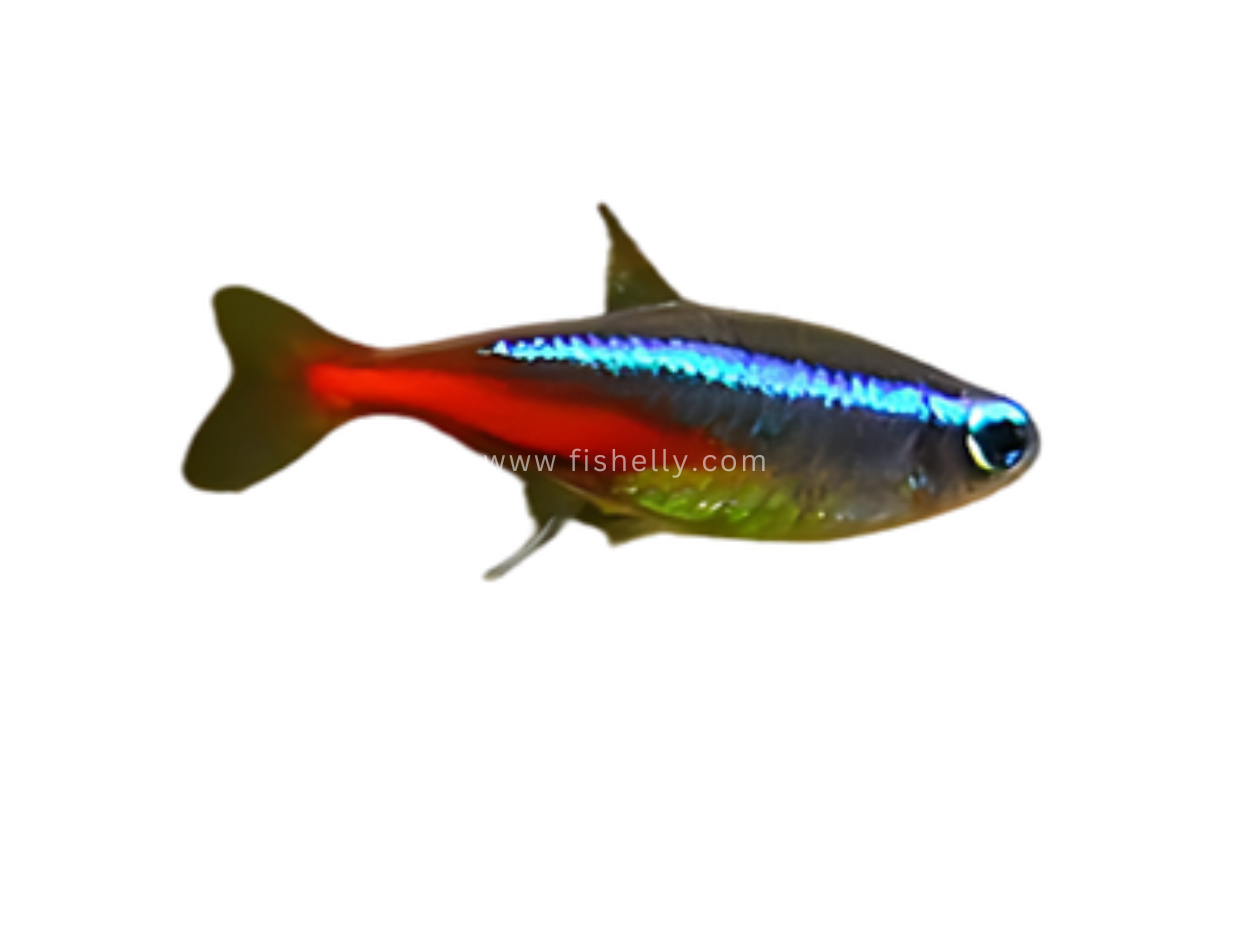
Females: Slightly larger, rounder belly, especially when carrying eggs.

Tetra Fish Breeding Tips
· Breeding Tetras in an aquarium is rewarding but requires a bit of effort. To encourage breeding:
· Set up a separate breeding tank with soft, slightly acidic water.
· Offer a substrate of fine gravel or mesh for the eggs to stick to.
· Provide a diet high in protein during the breeding season.
· Once the fish spawn, take away the parents so they will not eat the eggs.
Pro Tip: Tetras typically spawn early morning, so one has to be very patient.
Tetra Fish Behavior and Compatibility
Tetras are docile, very active swimmers. They thrive well in community tanks. They prefer to be kept in schools as it gives them security and reduces the level of stress. They are mostly calm fish, but they are skittish, especially when in a new environment.
Compatible fish with tetras include other non-aggressive fish such as:
· Guppies

· Corydoras Catfish

· Betta fish. Do not keep them with aggressive Bettas.

Do not keep them together with other large or aggressive fish that may view them as food.
Interesting Facts about Tetra Fish
· Bright Colors: Tetras are known for their brilliant colors, which they only display at the brightest in a school.
· Scientific Studies: Tetras are used in scientific studies, particularly regarding studies on freshwater ecosystems and their behaviors.
· Low-maintenance: Tetras are perfect for beginner aquarium hobbyists due to their easygoing nature and low-maintenance care requirements.
Why Tetra Fish Are Great for Aquariums
Tetras are a fantastic choice for aquariums due to their vibrant appearance, peaceful nature, and ease of care. They are social fish that create an engaging display as they swim in schools, and they are compatible with many other species. Tetras also play a role in scientific research, contributing to our understanding of freshwater ecosystems.
Pro Tip: To keep Tetras stress-free and healthy, provide them with a spacious tank, stable water conditions, and ample hiding spots to make them feel secure.
Faq
1. What do Tetra fish eat?
Flake food, brine shrimp, bloodworms, and occasional vegetables.
2. Can Tetras live alone?
No, they need to be in groups of six or more.
3. Do Tetras need a heater?
Yes, they require water between 72°F and 80°F.
4. How big do Tetras get?
1.5 to 2 inches.
5. Can Tetras live with goldfish?
No, goldfish might harm them.
6. How often should I change tank water?
Once a week, 25-30%.
7. Why are my Tetras losing color?
Stress, poor water quality, or diet.
8. Are Tetras beginner-friendly?
Yes, they are low-maintenance.
9. How do I know if my Tetras are happy?
They are active, colorful, and swim in groups.
10. Do Tetras need live plants?
Not necessary, but plants help reduce stress.
11. What tank size is best for Tetras?
At least 10 gallons for a small school.
12. How do I know if Tetras are breeding?
Bright colors and eggs in the tank.
13. What if a Tetra dies?
Remove it and check water quality.
14. Can Tetras live in tap water?
Yes, if treated with a conditioner.
15. Do Tetras need a filter?
Yes, for water quality and oxygen.
16. Why are my Tetras hiding?
Stress, poor water, or aggressive tank mates.
17. How long do Tetras live?
5-10 years with proper care.
18. Can Tetras live without light?
They need light for a day-night cycle.
19. Do Tetras disturb other fish?
No, they are peaceful and quiet.
20. How do I clean a Tetra tank?
Vacuum gravel, change 25-30% water weekly, and clean the filter monthly.
Conclusion
Tetra fish are the perfect addition to any aquarium, especially for beginners. Their colorful appearance, peaceful behavior, and simple care requirements make them a joy to keep. Whether you want to introduce a few active fish to your aquarium or breed them in captivity, Tetras are the best choice for any beginner or expert aquarist. Given proper care and surroundings, Tetras will live on and beautify your aquarium for many years to come.
